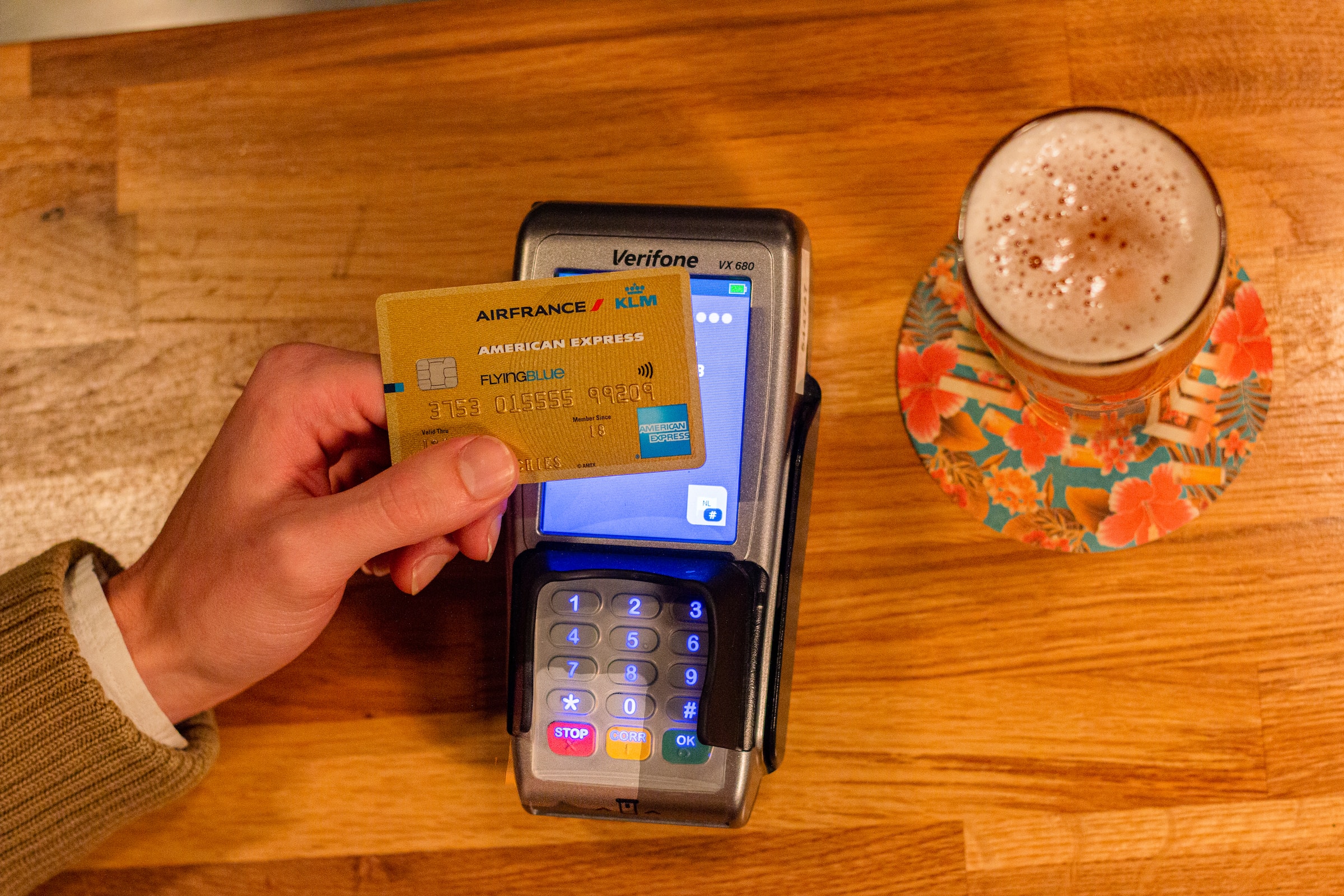Did you shop online or make online payments with your credit card? Almost everyone attached to the online and IT field pays through online credit cards, even if the payment is of a few bucks. Did you even think: what is PCI testing? PCI testing is a Payment Card Industry Data Security Standard (also known as PCI DSS) and protects the sensitive information of cardholders. A business using credit card payments from customers is required to have PCI DSS compliance.
A PCI test or PCI penetration test is an evaluation procedure to check the security of cardholders and their data. Any business which uses cardholders’ data for payment processing must have PCI DSS compliance to connect with public networks.
It’s a unique test type requiring your attention to understand it. This article will talk about PCI testing, its procedure, report checklist, and everything about it. Let’s dive deeper into the details!

What Is PCI-DSS and PCI Testing?
PCI DSS is the Payment Card Industry Data Security Standard with complete security for credit card payments. The Payment Security Standard Council approves it for safe payments globally. This standard was the first step towards safe payments and is still used as a primary standard for credit card payments. The scheme applies to all businesses that allow users to make payments through branded credit cards and on all credit card schemes.
It has a complete set of valid requirements for handling credit card information. They include policies, network architecture, procedures, software design, and other important protective measures. There are 12 standard requirements for PCI DSS for measuring and controlling cardholder information.
Furthermore, PCI testing is the procedure to check these standards. It’s also been developed to address the security vulnerabilities in online payments. New threats are emerging every day, making data security more challenging. Don’t be surprised; the PCI test takes care of everything. It’s a type of penetration testing that identifies the credit card payment system accurately.
What Is PCI Testing For?
Businesses take PCI testing for the following reasons:
- For examining security vulnerabilities.
- To lower the chances of getting hacked while making payments.
- Giving compliance according to PCI industry standards.
- To build trust among cardholders and the business using their card information.
- Inappropriate access control.
- Coding vulnerabilities of the payment system.
- Broken authentication and session security management.
- Encryption problems, and more.
PCI DSS Testing Requirements
There is a vast list of requirements for the PCI pentest, but we have listed the most important below to help business owners with safe payment gateways.
- Requirement 11.3 is the main clause of this test. It included internal and external penetration testing for cardholders and businesses.
- Use strong passwords, including alphabets, cases, numbers, and special characters. The business must ask the users to update the passwords timely within the organization.
- Complete testing of the ecommerce environments using an ASV (Authorized Scan Vendor).
- Initialization of cryptographic service at all ATMs.
- Detailed log monitoring.
- A detailed instruction model for online mobile payments.
Note: These requirements mentioned above are only the major ones and apply to all businesses for PCI testing. Definitely, there are several other standards and requirements involved in the test.

How is the PCI Pentest Performed? Step-by-step Instructions
Following are the major steps involved in performing PCI DSS testing in a specific order. We have explained each step for better understanding:
Step 1: Scoping of The Test
The test starts with scoping, in which the starting and end of the examination are defined. It usually includes the starting point, number of tests, rules to perform the test, limitations, and more.
Step 2: Reconnaissance and Discovery About The Network
In this step, the tester collects all the important and relevant information about the network being tested. Further, the data is used to discover the attacking vectors and identify weak hosts. It’s all done according to the respective network and service.
Step 3: Exploitation of Vulnerabilities
Here the system is tested against exploitation of the system where attackers try to get unauthorized access to the system. It is done in different forms, such as SQL injections, DoS attacks, buffer overflow, and more, to check the sensitivity and vulnerability gap of the system.
Step 4: Detailed Reporting
After analyzing the system, exploitation, and other data, it’s time to create a detailed report. It’s the most crucial part of the testing procedure and is provided to the relevant business so that they can update the online security system accordingly. The report included all the information about the possible impacts, the types of vulnerabilities, and the best methods to fix them.
Step 5: Re-scanning of the System
The report is sent to the relevant business, and rescanning is done when the business updates the system according to the recommendations. As mentioned above, the same tests are performed to check whether the vulnerabilities have been fixed.
Step 6: Continuous Scanning of The System
The tester integrates the CI/CD into the system for continuous scanning. It helps check the newly updated features in the system for vulnerabilities and security gaps. Congrats! You have learned about the PCI Pentesting procedure in detail.
PCI Testing vs. Standard Penetration Testing
In comparison to the standard pentest, PCI DSS testing is more specific, with some additional guidelines. It has more scope and frequency to check the vulnerability in the network where credit card payments are performed. Similarly, testing procedures and steps are different according to the application layer. The whole testing system is created according to the cardholder data (cardholder data environment) connected to a live system. In short, the PCI Pentest is a more determined and particular test.

Wrapping Up
To sum up, PCI testing has great control over credit card payment systems, cardholder data security, and more. It’s done in a specified Cardholder Data Environment (CDE) to focus only on protecting credit card information. PCI DSS testing aims to protect the payment information of cardholders and update the security for unauthorized access. It’s crucial to keep the system updated and protect their payment information from hackers. In the end, we always recommend you get this test done from valuable sources. So that the payments remain secured and people get trust in your business.
FAQs
What does PCI stand for in testing?
PCI means Payment Card Industry. It’s also used as PCI DSS, which means Payment Card Industry Data Security Standard. Any business which asks customers to pay via Credit Card should comply with PCI testing Standards.
Is Pentesting necessary for PCI testing?
In actuality, Penetration testing deals with online security against vulnerabilities. In other words, PCI testing is a type of Pentesting performed for credit card payment security.
What are the requirements of a PCI scan?
A PCI-approved scanning vendor must fulfill the requirements of PCI testing. They must fulfill the requirements 11.2.2 and 11.3 of the PCI DSS. In short, the requirements deal with strong passwords, updating passwords, unauthorized access, and more.
